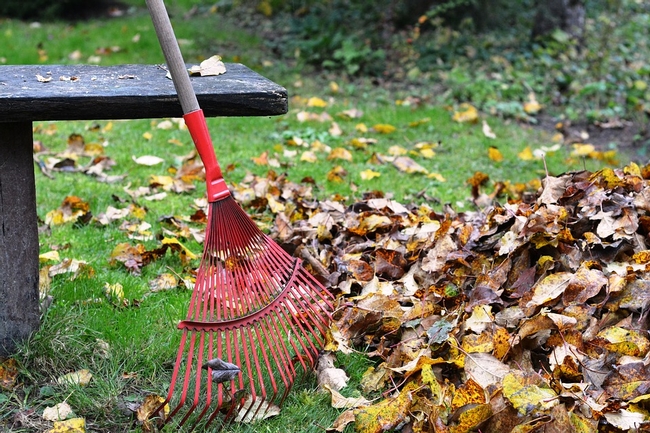- Author: Anne E Schellman
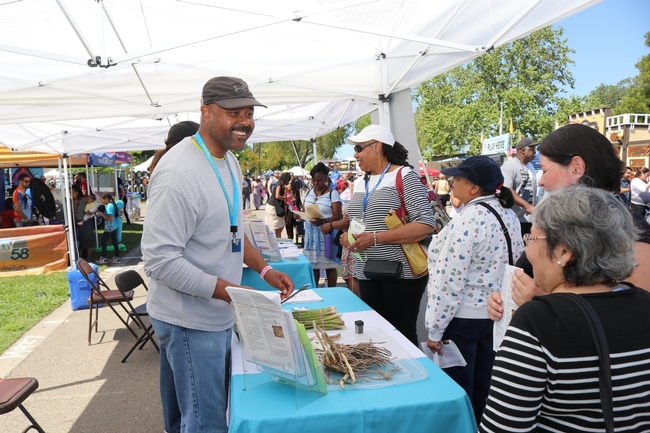
The UCCE Stanislaus County Master Gardener Demonstration Garden and Outdoor Classroom!
What would this look like? We envision an accessible garden everyone can visit and explore.
Garden Days
Each week, volunteers will be available for a few hours so you can stop and ask your gardening questions. Once a month, they will be around on the weekend.
Our demonstration garden will also be a place to hold fun events like tomato tastings, kids' gardening activities, health fairs, and Stanislaus County sponsored events.
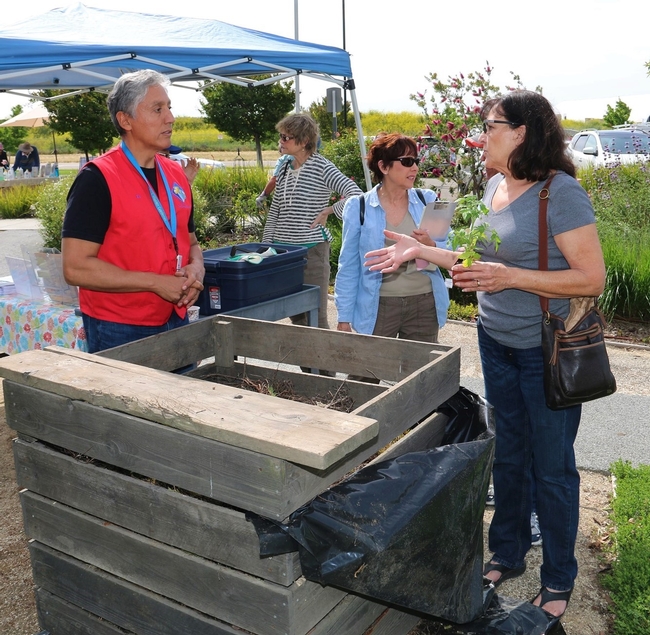
Demonstration Gardens
Imagine meandering paths through colorful and inviting gardens that showcase plants and gardening methods, including a water-wise garden, California native pollinator garden, herb and vegetable garden, fruit orchard, and children's sensory garden.
Outdoor Classroom Amphitheater
Sign up for a class and sit outside and listen to a Master Gardener led class on how to install drip irrigation, prune fruit trees, or compost. Then, “get your hands dirty,” by practicing installing drip irrigation, pruning a fruit tree, or layering a compost pile.
How Can You Help?
Some generous local sponsors have offered to help with in-kind donations of irrigation materials. We need your help in raising funds to help with lawn removal, plants, path material, mulch, and other items. If you know an Eagle Scout or Girl Scout Troupe that needs a project, we are happy to speak to them about benches and gardening art as well!
Donate Now
Please make your gift for #BigDigDay, on June 5, 2020 now to help us get our garden started! 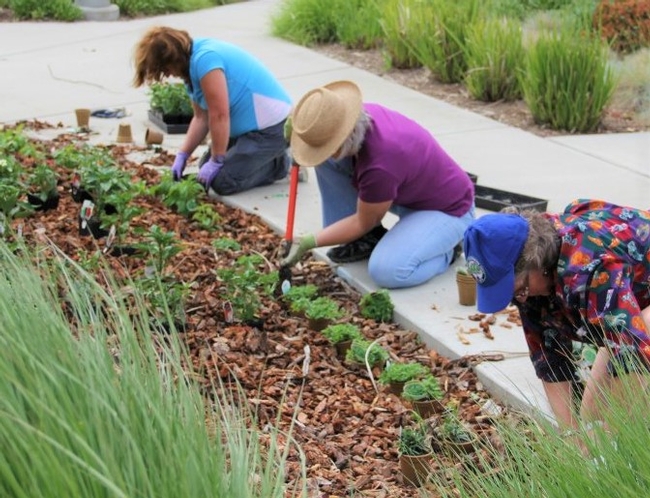
Using the drop-down menu, select “Stanislaus County.” Your donation will go directly to help us fund the garden. Stay tuned for future posts telling you when we break ground and start work!
If you know of an organization willing to donate materials, that's great too! Please contact us at ucmgstanislaus@ucanr.edu
Photos in this post to help us imagine our new garden are from our sister program, the UCCE San Joaquin Master Gardener Program, located in Stockton.
- Author: Marcy Sousa
We hope to see you at our upcoming Vermicomposting Class this Thursday, November 14, 2019 from 6:00-8:00 p.m. Sign up at http://ucanr.edu/worms2019
Meanwhile, please enjoy this post written by the UCCE San Joaquin County Master Gardeners.
---
Organic materials make up approximately two-thirds of the waste stream. While much of this is paper which can be used more efficiently or recycled, a large portion is material like food waste for which few beneficial options outside of composting exist. Fortunately, nature has provided one option that has been receiving increasing attention–vermicomposting.
So what, you may ask, is vermicomposting and how does it work? Well, “vermi” is the Latin word for worm, and worms like to feed on slowly decomposing organic materials (e.g., vegetable scraps). Vermicompost, or castings, is worm manure. Worm castings are considered by many in horticulture to be the very best soil amendment available. The nutrient content of castings is dependent on the material fed to the worms–and worms are commonly fed materials with high nutrient content, such as food waste and manures. The biology of the worm's gut facilitates the growth of fungus and bacteria that are beneficial to plant growth. In addition, many chemical compounds are found in castings that are thought to promote plant growth.
The essential components of a home vermicomposting unit are an aerated container, some moist bedding, food scraps, and a few thousand red worms or red wigglers (Eisenia foetida).
The worms: Mary Appelhof, author of “Worms Eat My Garbage” recommends two pounds of worms — about 2,000 wigglers — for every pound per day of food waste. To figure out how much food waste your household generates, monitor it for a week and divide by seven. Note: Some vermiculture experts advise starting out with a smaller amount of worms, which isn't a bad idea if you are relatively new to all of this. Of course, you'll have to reduce the amount of food scraps you put in the bin, until the population increases. One pound of redworms will easily take care of each half-pound of garbage. To add worms to the bin, simply scatter them over the top. The skin on the worm reacts to light and they will immediately work their way down into the bedding to get away from the light.
The bin: You can purchase a vermicomposting bin or make your own. Depending on how much food waste your house generates will depend on the size of the bin. The container depth should be between eight and twelve inches. Bins need to be shallow because the worms feed in the top layers of the bedding. A bin that is too deep is not as efficient and could potentially become an odor problem.
When beginning a vermicomposting bin, start by adding moist bedding — things like shredded paper, dead leaves and other materials high in carbon (it's should mimic the worms' natural habitat, in dried leaves on a forest floor) — into the bin, and add the worms to their new home. Bedding is the living medium for the worms but also a food source, so it should be moist (something like a wrung-out sponge) and loose to enable the earthworms to breathe and to facilitate aerobic decomposition. Other common bedding materials can be used including newspaper, sawdust, hay, cardboard, burlap coffee sacks and peat moss.
Most vermicomposters avoid using glossy paper from newspapers and magazines, junk mail and shredded paper from offices, because they may contain toxins, which aren't good for the system. Be wary of cardboard, as it cannot be used if it contains wax or plastic, which takes things like cereal boxes, and other boxes designed to hold food items, off the list.
Ideally a worm compost bin should be located in areas where the temperatures are between 40 to 80˚F. Red worms generally prefer temperatures in the 55 to 77 degree range. Another consideration: worms are like people in that they do not like a lot of noise or vibrations. Keep them away from high traffic areas.
What do they eat? First, and foremost, START SLOWLY. It will take time for bacteria to form and your bin can quickly become very smelly if you add too much food, too fast. Worms will eat a wide variety of organic materials such as paper, manure, fruit and vegetable waste, grains, coffee grounds, and ground yard wastes. While worms will eat meat and dairy products, it is best not to feed these materials or oily foods to worms, due to potential odor and pest problems. Since worms have no teeth, any food they eat must be small enough to swallow, or soft enough for them to bite. Some foods may not be soft enough initially for them to consume, but they quickly degrade so that the worms can consume them. Worms have a gizzard like chickens so fine grit should be added to help the worms digest food. This gritty material includes cornmeal, coffee grounds and/or finely crushed egg shells (dry the shells and then crush). If you notice odors, cut back on the amount of food or try chopping the food up into smaller pieces.
Harvesting the castings: Once your compost bin is up and running, it requires little maintenance until little or no original bedding is visible and the contents of the bin are reduced in bulk and mainly consist of worm compost, which is brown and “earthy” looking. Once your bin has reached that point, it's time to harvest the worm castings and give your worms new bedding. Castings can be harvested anywhere from two and a half months to every six months, depending on how many worms you have and how much food you're giving them.
There are several harvesting methods. For those with the time and patience or little kids, you dump the bin's contents onto a large plastic sheet and then manually separate the worms from the compost. Children usually love helping out with harvesting worm compost. Remember that your helpers as well as yourself should wear gloves. Once all the worm castings are removed, keep aside some of the compost to mix in with the new bedding and then the cycle starts all over again.
A more common way to harvest is to move everything – worms, castings, bedding, food – to one side of the bin. Pick out partially decomposed materials and push to the other side. Place some food on top of the partially decomposed materials. Replace the lid and leave it alone for a couple weeks. During that time, the worms should migrate over to the new food. Once they've gone to the other side, put on a pair of gloves and harvest the castings. Make sure you don't remove any worms in the process. Then give the worms new bedding mixed in with some residual compost.
Vermicomposting can be easy, fun and rewarding once you get started. Here are some fun worm facts:
- Baby worms hatch from cocoons smaller than a grain of rice.
- Lacking lungs or other specialized respiratory organs, earthworms breathe through their skin.
- Earthworms have 5 hearts
- Worms have a gizzard to help digest their food
- Worms do not have eyes, but light sensitive cells in their skin
- Author: Anne E Schellman
Question: Can you name a fun way to compost some of your kitchen scraps?
Answer: Vermicomposting, using worms to eat your "garbage!"
Vermicomposting is the process of keeping red wriggler worms in a “hotel” where they eat food scraps and other organic materials like paper and cardboard. Hotels can be simple or fancy, and the materials needed are easy to put together. This odorless hotel can be kept anywhere inside your house, or outdoors if you prefer.
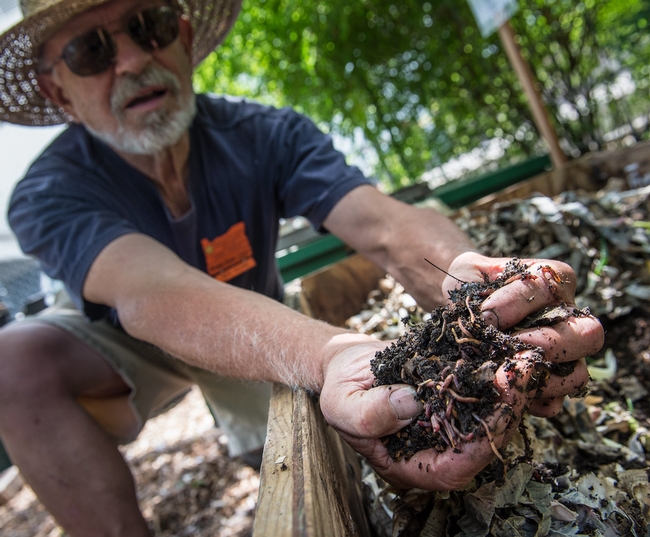
Our local UCCE Stanislaus County Master Gardeners will tell you which foods worms prefer and demonstrate how to create a hotel and feed your worms. You'll go home with information on how to start your own bin.
This class may appeal to the kids in your family, so be sure to bring them along. We hope you will join us for this fun class to learn about this sustainable way of turning waste into compost!
Please sign up for our Thursday, November 14, 2019 class from 6:00-8:00 p.m. at: https://ucanr.edu/sites/stancountymg/Classes/
- Author: Ed Perry
Did you know that fallen leaves can become a valuable garden resource? You can turn these leaves into compost. Although low in essential plant nutrients like nitrogen, the leaves still contain small amounts of all the nutrients plants need and are a valuable source of soil-improving organic matter.
Get started by chopping the leaves into smaller pieces before adding them to the pile. You can use a chipper or a shredder if you have one. Otherwise, run over them with a lawn mower and then mix them into your compost pile. If you have a lot of leaves, you can store them after shredding in garbage bags or containers, then occasionally layer them into your compost pile over the winter to add air to the pile.
Sometimes certain green materials, like grass clippings, become matted in the compost pile. When this happens oxygen is excluded, and the composting process may stop. Adding leaves helps keep the grass clippings fluffed up and aerated.
If you're new to composting, keep in mind that the decomposition process works best if you mix equal volumes of carbon-rich, naturally dry plant material (dead leaves, dried grass, straw, and woody prunings) with nitrogen-rich green plant material (grass clippings, wilted flowers, green prunings, weeds and fruit and vegetable waste). This mixture allows a “carbon to nitrogen” ratio of 30 to 1, which is ideal for efficient compost production. You can produce compost slowly or quickly. Here are two methods:
The Slow Method
Build a pile of organic materials and let it stand for a year, when the compost will finally be ready for use. The advantage of this method is that it takes relatively little effort. However, some nutrients may be leached due to exposure to rainfall, and low composting temperatures may not kill some weed seeds and disease-producing organisms. For more information on this method, download the leaflet Composting is Good for Your Garden and the Environment.
Rapid Composting Method
This process produces compost in as little as 2 to 3 weeks but requires more effort. It allows you to produce large amounts of compost quickly. For more details about this method, you can download the leaflet Compost in a Hurry.
Many local nurseries and the Modesto Junior College offer hands-on composting classes. In the future, our UCCE Master Gardeners plan to offer composting classes. Keep in touch with us by signing up for our blog and following us on Facebook and Twitter @UCMGStanislaus to hear about upcoming classes and workshops.
Ed Perry is the emeritus Environmental Horticultural Advisor for University of California Cooperative Extension (UCCE) in Stanislaus County.
- Author: Ed Perry
Many gardeners are interested in knowing how winter temperatures affect garden pests. The hope is that following a cold winter–such as this year–fewer pests will survive to plague the garden. Unfortunately, both insect pests and plant diseases have ways of surviving our harshest winters. However, there are some things that you can do to lessen potential pest problems, mostly by eliminating the places where pests and disease may overwinter.
Although a few pests can migrate great distances, many come from sources within your garden or nearby areas, surviving on weeds, in crop debris, as pupae in soil, or as seeds, spores or eggs. You can also unknowingly bring some pests into your garden on infested transplants or contaminated soil or equipment.
![Codling moth larvae inside a fruit. [Credit: Jack Kelly Clark, UC IPM] Codling moth larvae inside a fruit. [Credit: Jack Kelly Clark, UC IPM]](http://ucanr.edu/blogs/StanislausSprout/blogfiles/57017.jpg)
Good common-sense sanitation practices will help to eliminate overwintering garden pests. In your fruit trees, be sure to remove and destroy old fruit “mummies” hanging in trees and pick up and destroy any fallen nuts. Old fruits and nuts often contain pests such as codling moths. It's also very important to get rid of pruned branches, especially those from your fruit trees, that might be infested with disease or borers. Bark beetles may emerge from infested branches in late winter or early spring, so be sure to dispose of prunings as soon as possible. Don't forget to treat your fruit trees, especially peach and nectarine trees, with fungicide sprays to prevent spring diseases such as peach leaf curl; oil sprays applied now will also help to control overwintering insect and mite pests on deciduous trees.
Also, remove any weeds around your garden well before planting any new crops. Not only do weeds produce seeds that may find their way into your garden, but they are also likely to harbor numerous migrating pests. For instance, cutworms, earwigs, stink bugs, thrips and certain viruses carried by aphids and leafhoppers are all pests associated with weedy areas. If you wait until your garden is planted before destroying these weeds, the pests will move into your crops. Waiting for the weeds to dry out naturally will also encourage pest migrations. Besides, it's easier to control weeds when they're seedlings, rather than waiting until they've matured and set seeds.
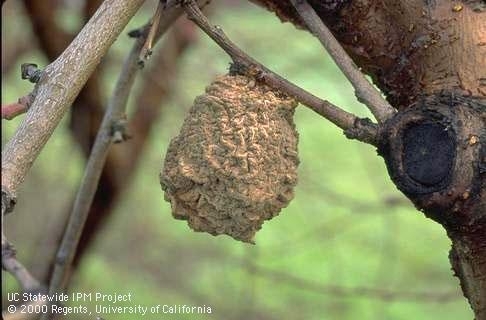
Good sanitation also means making sure the planting stock you're using is free of pests. Check transplants or other greenhouse stock for aphids, diseases, nematodes and other pests. Use certified seed or stock if available. Make sure any organic soil amendments you use are free of weed seeds and pathogens, and don't move soil infested with nematodes, Bermudagrass stems, or nutsedge tubers to other parts of your garden. If you're not sure whether the soil is infested with pests, it's best to not take the chance. Also, clean equipment before moving it from infested areas.
Always be sure plant debris, particularly residue from previous vegetable crops, is completely decayed or removed before planting a new crop. A good way to destroy most crop and weed residues around your garden is by composting. Composting destroys most of the pests that may be harbored in the residues.
You can download a free copy of Composting is Good for Your Garden and the Environment to learn more.
Ed Perry is the emeritus Environmental Horticultural Advisor for University of California Cooperative Extension (UCCE) in Stanislaus County.



